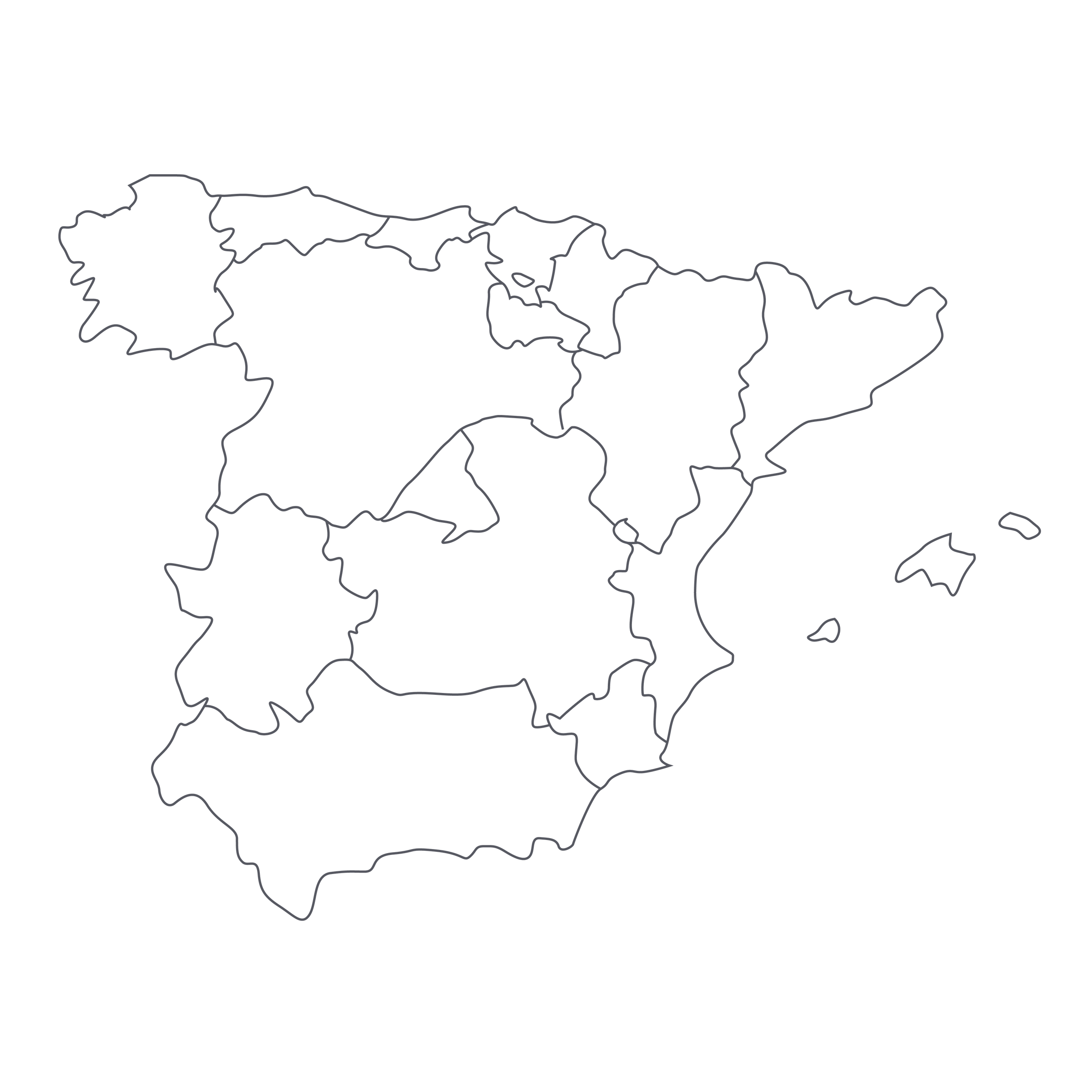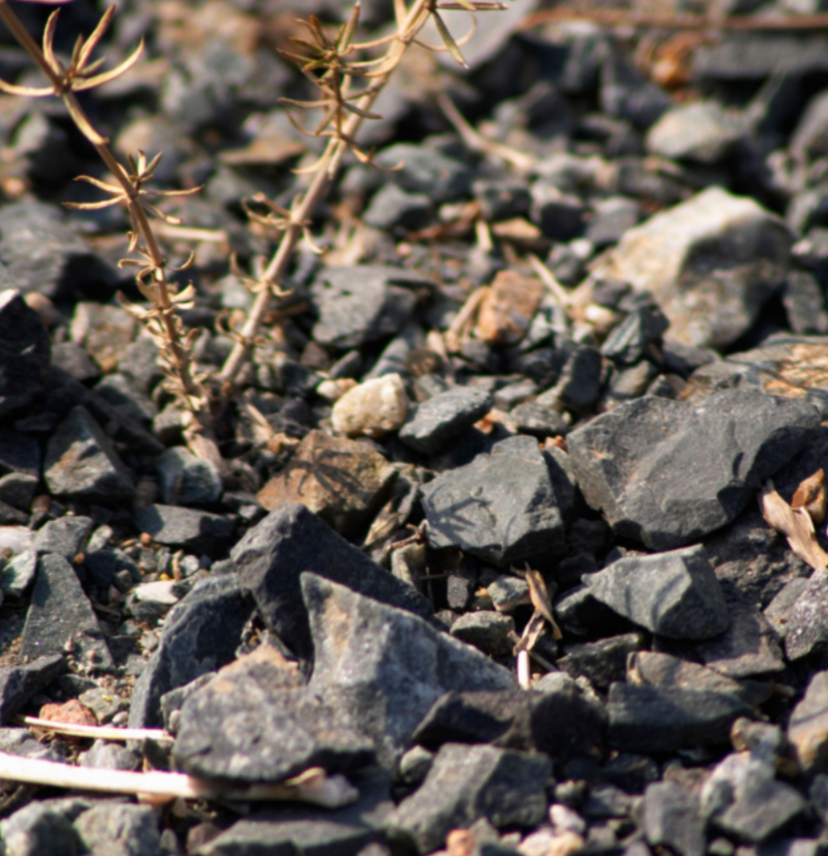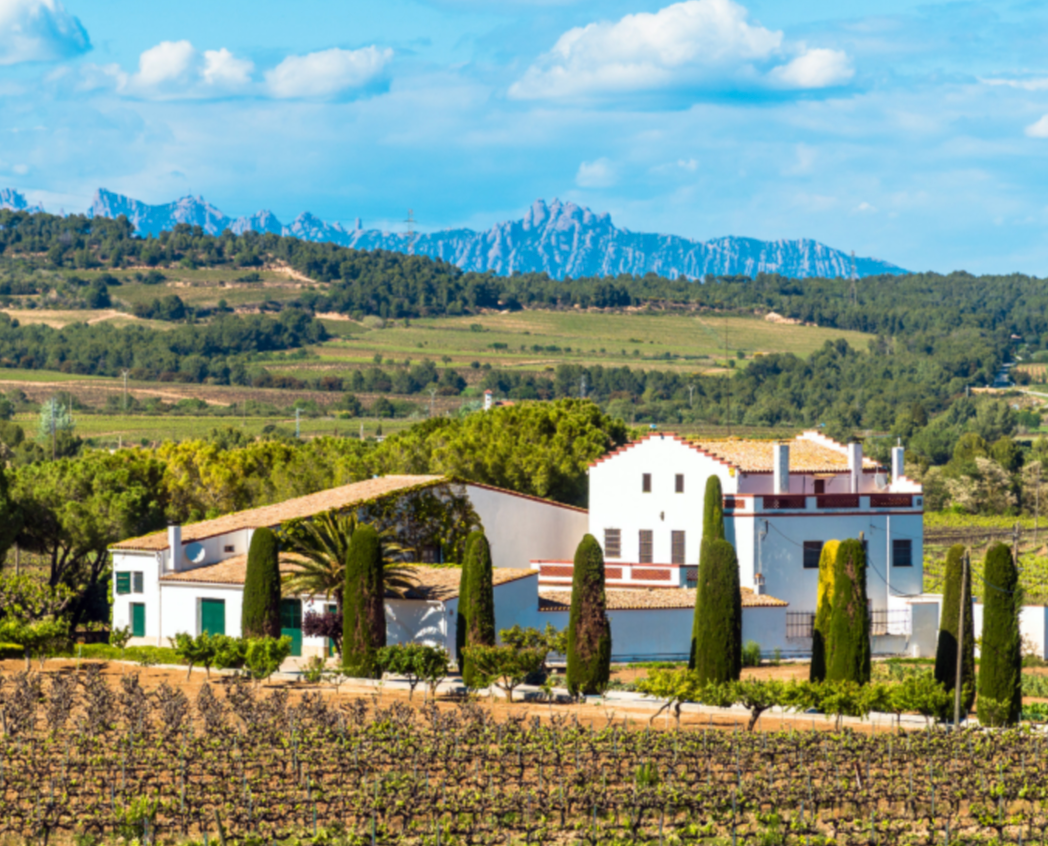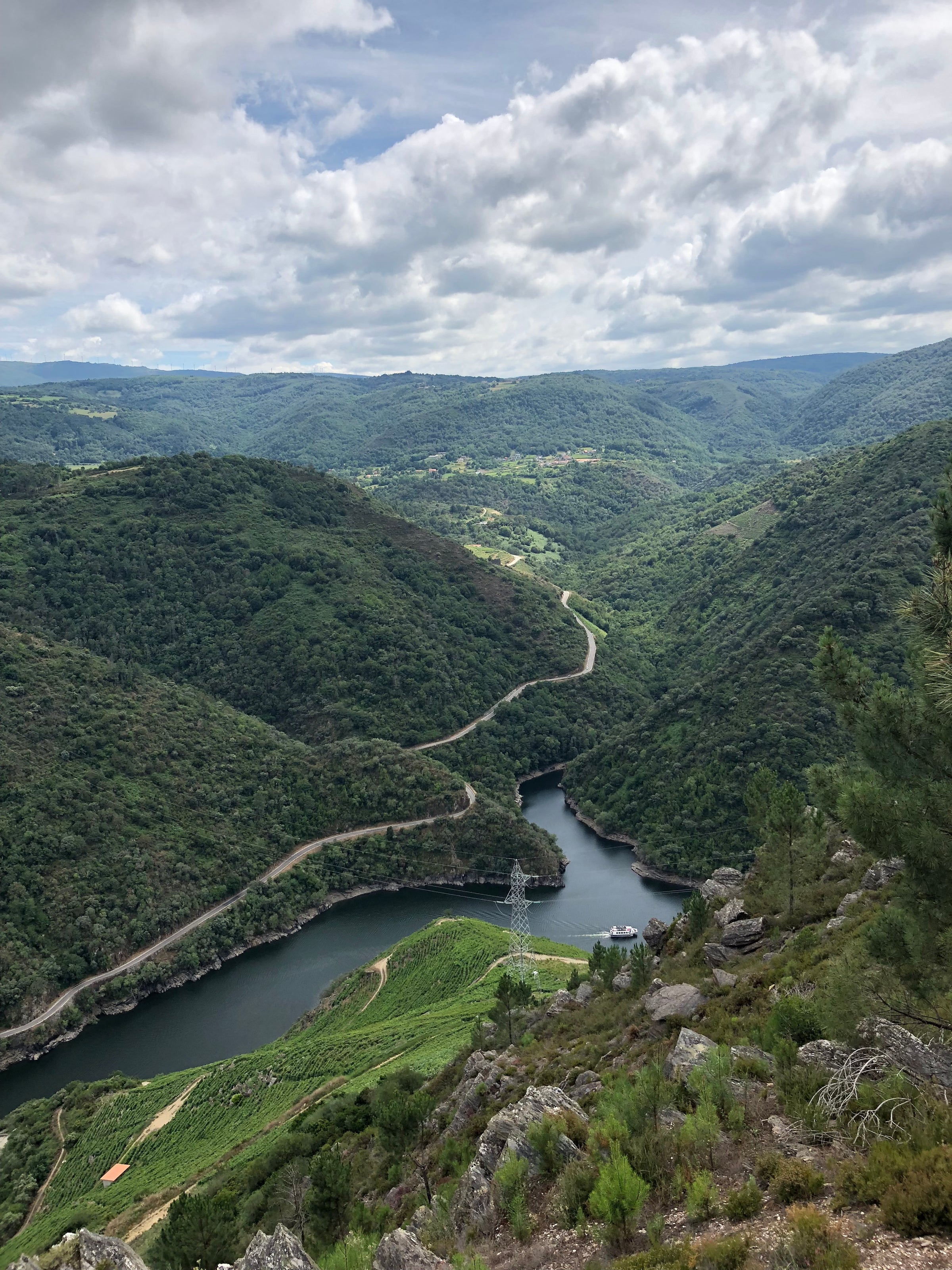Every region at one time or another had an avant-garde producer that pushed boundaries and implemented change. These influencers typically bring radical philosophies, but purely for the enhancement of quality and terroir. This is the case for Spain’s Raventós i Blanc.
Not too long ago, you would have found the wines of Raventós i Blanc labeled as Cava, but for the same reason they established their own winery—to become the leading grower-producer of the purest sparkling wines—they cut ties with the Cava DO (designation of origin; appellation) in 2012. Now, they are making a case for their own DO: Conca del Riu Anoia. In order to label yourself as such, one must use native grapes, run organically-certified vineyards (Raventós is biodynamic), harvest at lower yields, vintage-date wines, and age them a minimum 18 months. Without question, they are the archetype for all producers striving to achieve higher-quality wines and healthier vines. Instead of waiting for change, Raventós i Blanc made their own and have invited other like-minded winemakers to join their ranks. Though their entire lineup is stunning, today’s “de Nit” is the best $25 sparkling rosé money can buy. Just think what biodynamic, estate-grown rosé would cost you in Champagne, and after tasting today’s Raventós i Blanc, you’ll understand the immense value being offered here. I can’t get enough.
In 1982, Josep Maria Raventós i Blanc stepped away from managing the large-scale Cava production of family-owned Codorníu. Although he was essential in the creation of Cava during his time there, he still felt buying grapes by the ton and shuttling them in and out of the winery was causing a lack of identity. He longed to make estate-grown sparkling wine that would express terroir and fruit purity, and his dream came to fruition four years later with the establishment of Raventós i Blanc. Sadly, just days before its grand opening in March of 1986, Josep passed away from a heart attack. But with 11 children, there was no shortage of heirs and his ambitious vision was upheld. Today, it is run by his grandson Pepe and his eldest son, Manuel. Pepe represents the 21st generation of the Raventós family—they’ve been working the terroir here in Sant Sadurní d'Anoia since 1497—and with their feverish commitment to nature, they can truly be labeled as “one with the earth.”
Today’s “de Nit” comes from all estate-sourced fruit within close proximity of the winery. Vines are on average 35 years of age with the oldest being planted in 1969, and they are dug into clay loam and calcareous soils with a high presence of marine fossils. A viticulturist, Pepe Raventós fully believes in the synergy of wine and nature and he leads by this philosophy: “May our presence here be undetectable.” His vineyards are certified biodynamic and he lets
all types of livestock roam the rows (that’s Pepe amongst his goats and sheep). Grapes are hand harvested with small buckets and fed into stainless steel vats via gravity. After fermentation, a
bâtonnage regimen is implemented and the wine is bottled for second fermentation, just like Champagne’s
méthode traditionnelle. The final blend for 2015 consisted of 40% Xarel-lo, 36% Macabeu, 18% Parellada, and 6% Monastrell. Coming from a small, terraced plot, this addition of Monastrell is directly pressed into the blend and gives the wines its unique character and pale pink color. Over a three-week period, each bottle was riddled by hand and after a minimum 18 months of aging, the wine was disgorged and dosed with a mere 5 grams of sugar.
Although the light salmon core and silvery reflection gives the wine color, this isn’t a classic example of sparkling rosé—as only 6% of the blend comes from a red grape (Monastrell). Regardless, the unique expression entices you with a triumvirate of delicate fruit, spice, and minerality. The nose is squeaky clean and garden fresh, showcasing aromas of crushed pomegranate, unripe strawberry, white peach, red and white plum, citrus zest, rose petal, crushed stone, and delicate notes of white pepper and spice. It is medium-bodied and deeply refreshing with a lovely touch of crisp acidity. The wine dances across the palate with precision and the fruit-textured finish will have you craving an immediate revisit. This is pure and delicate sparkling rosé that performs a circus act of simultaneous depth and lift. No wonder they pushed for their own DO—they’re in a league of their own. Enjoy this wine now and over the next three years in wide-mouthed tulips or all purpose white stems at 50-55 degrees. Pair it with this fun take on tuna tartare and tack it onto your (hopefully) expanding list called “pleasures of life.”





